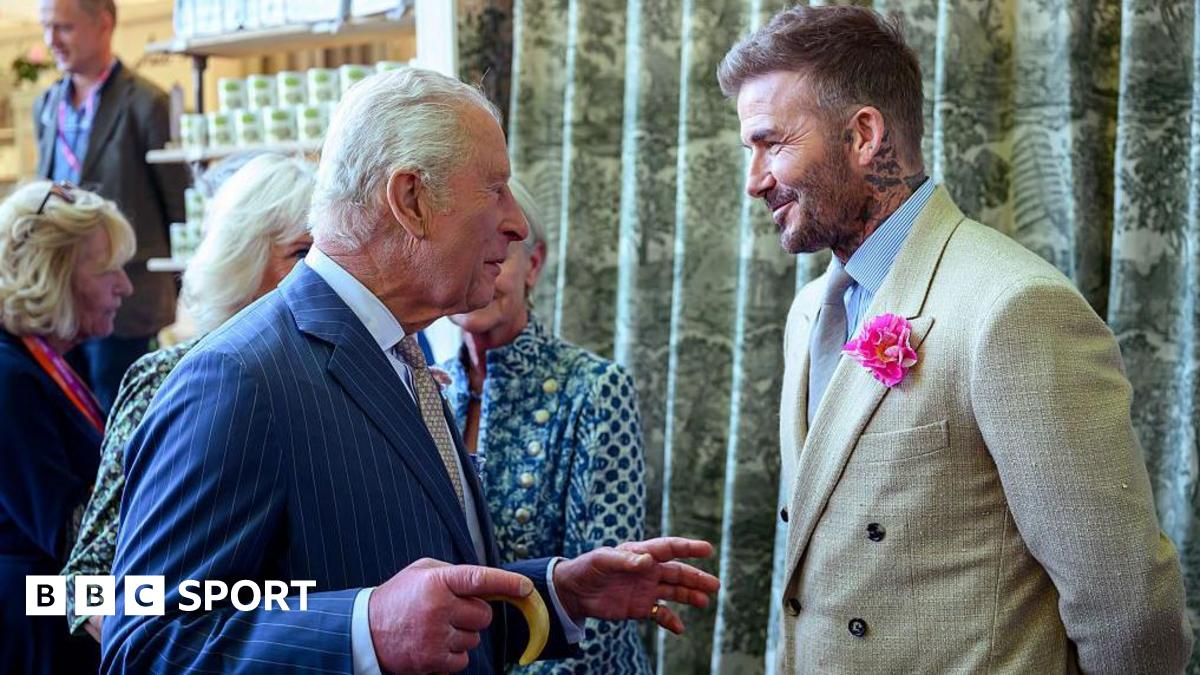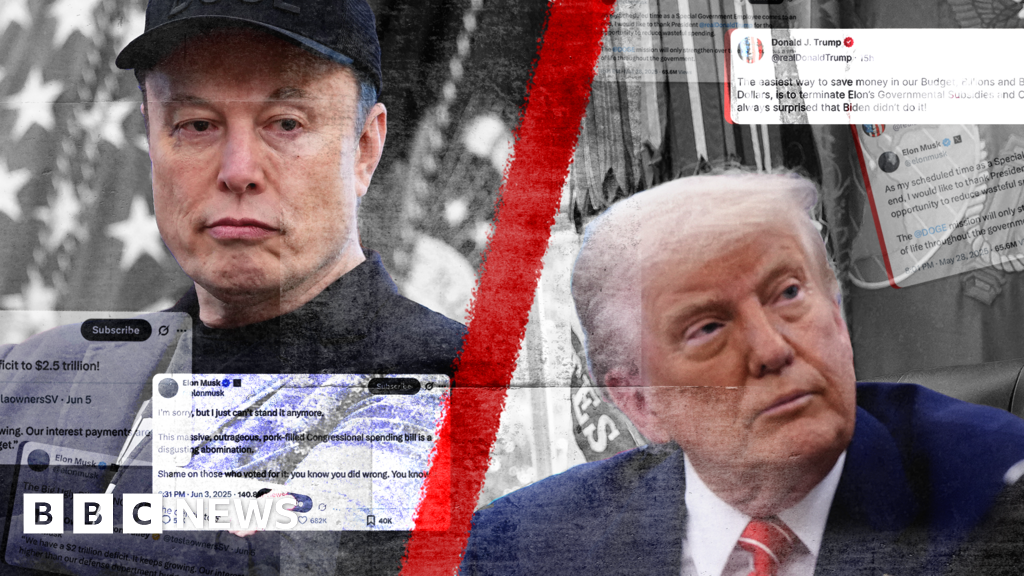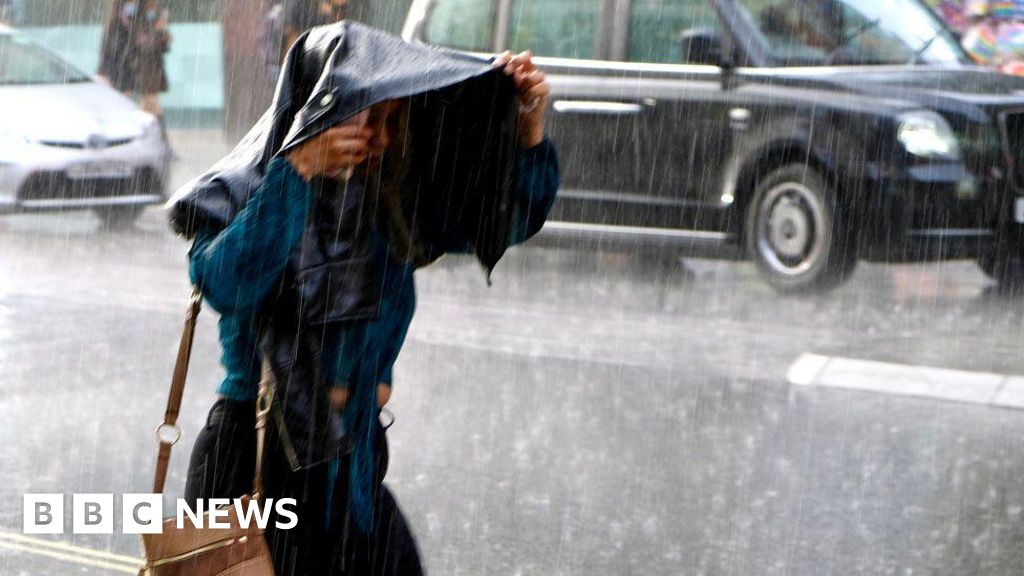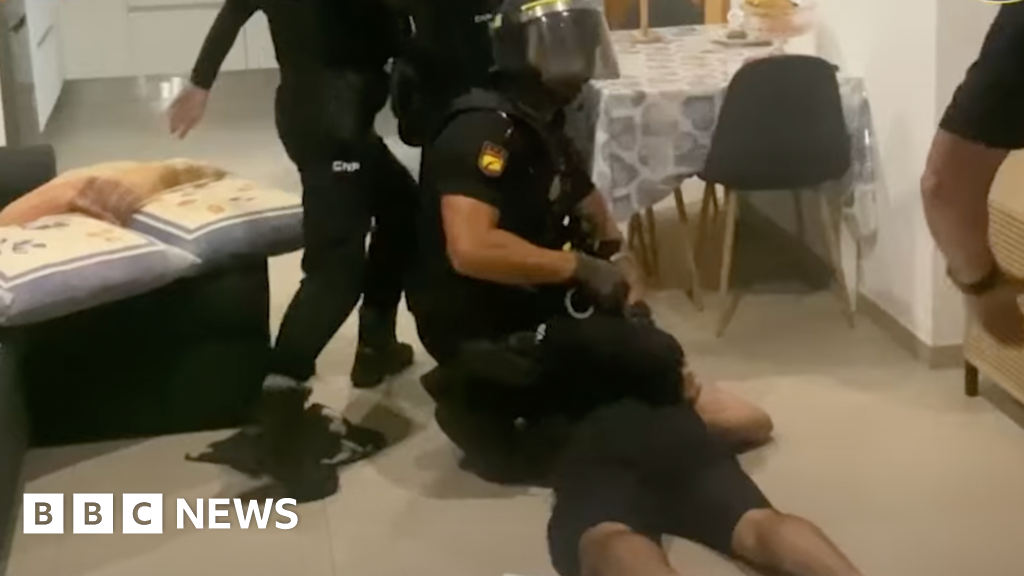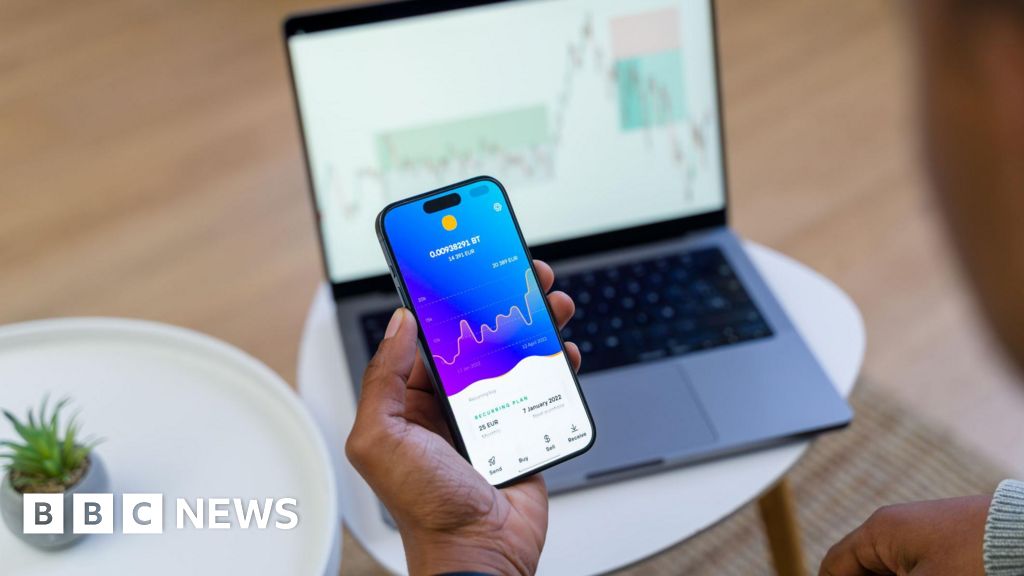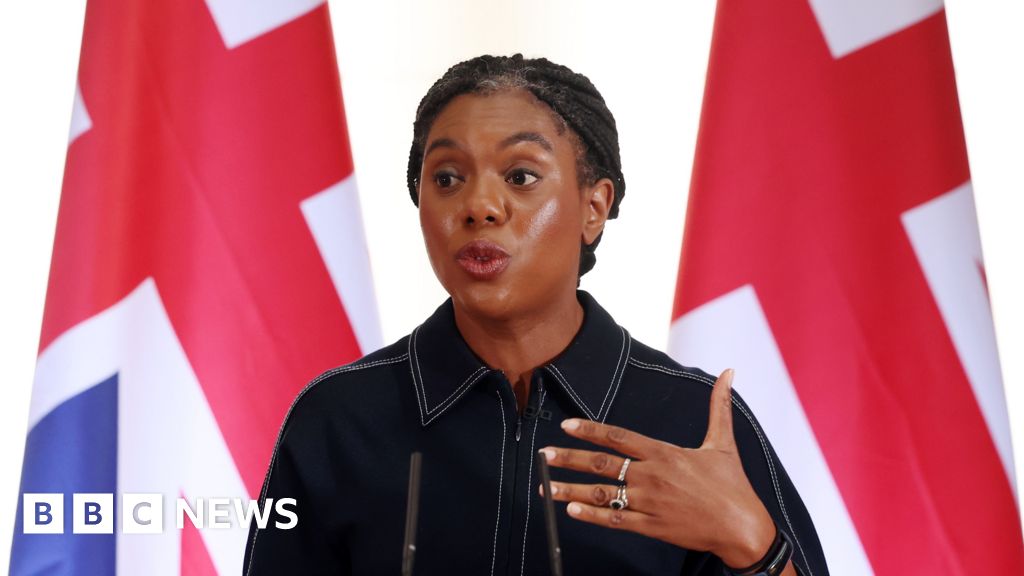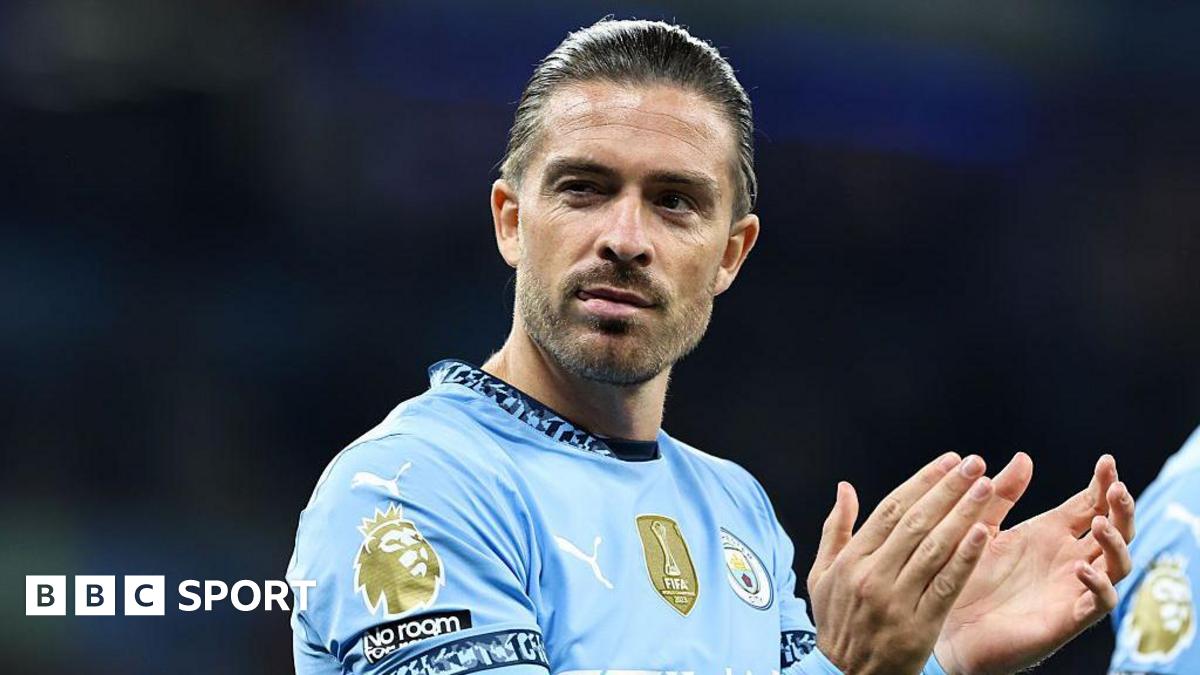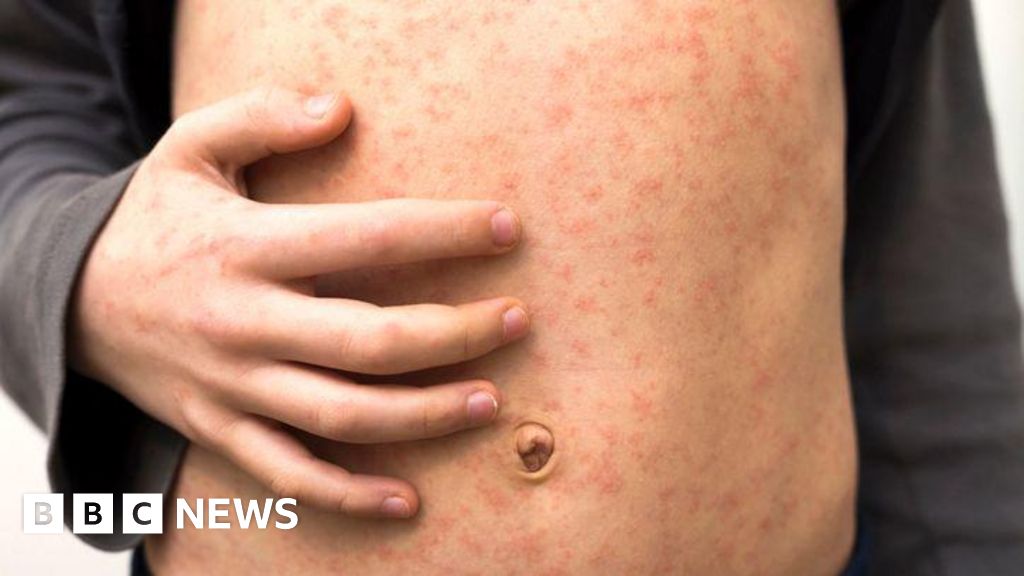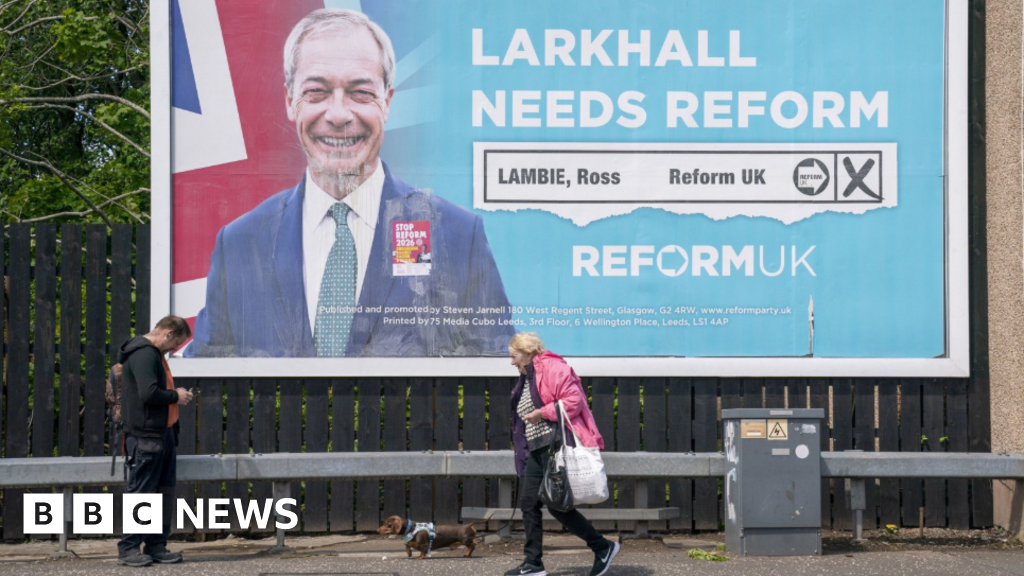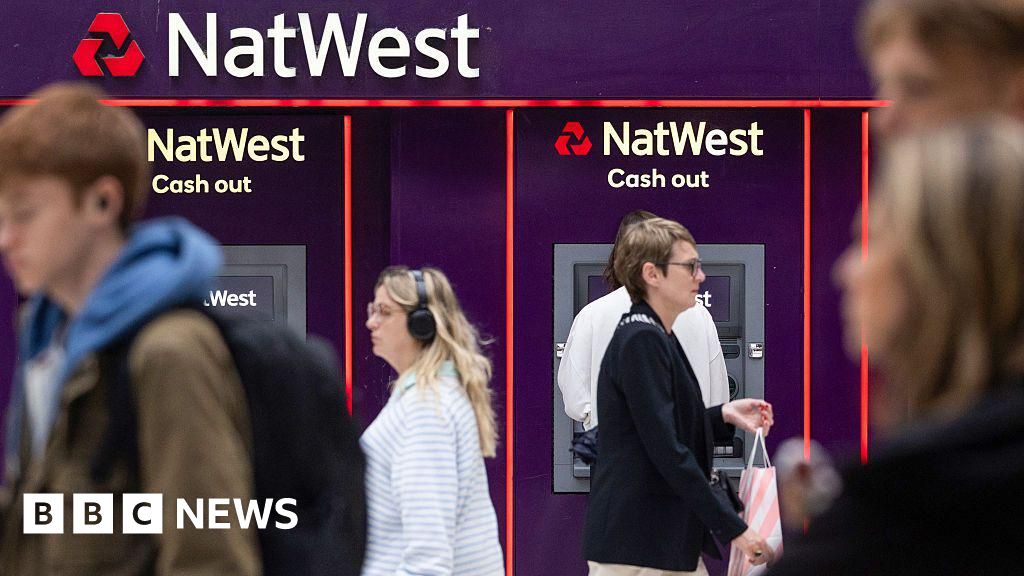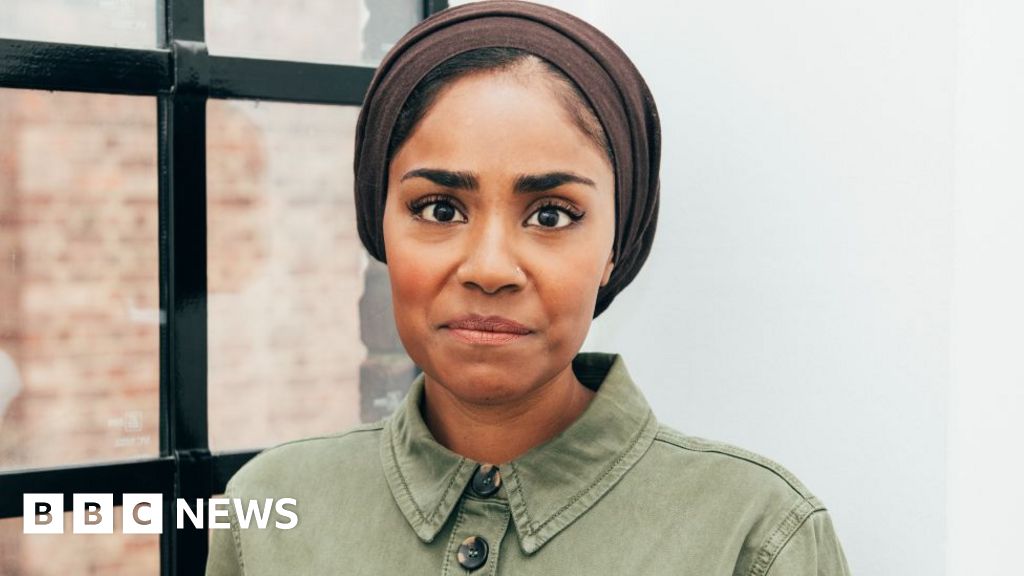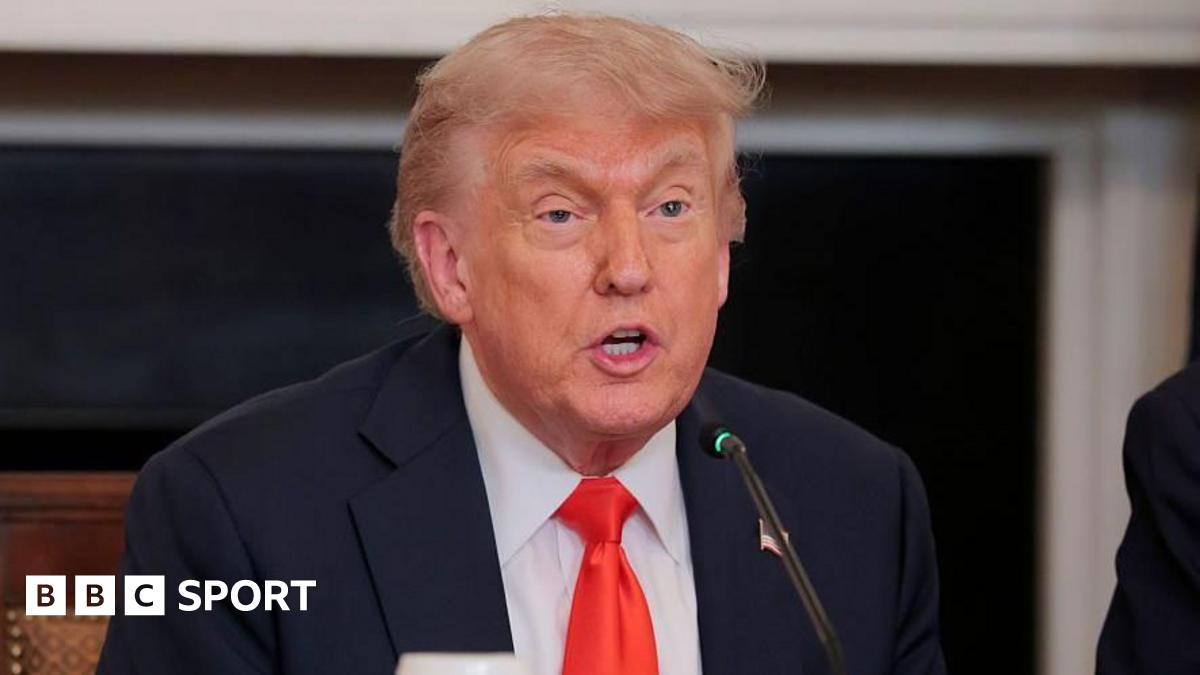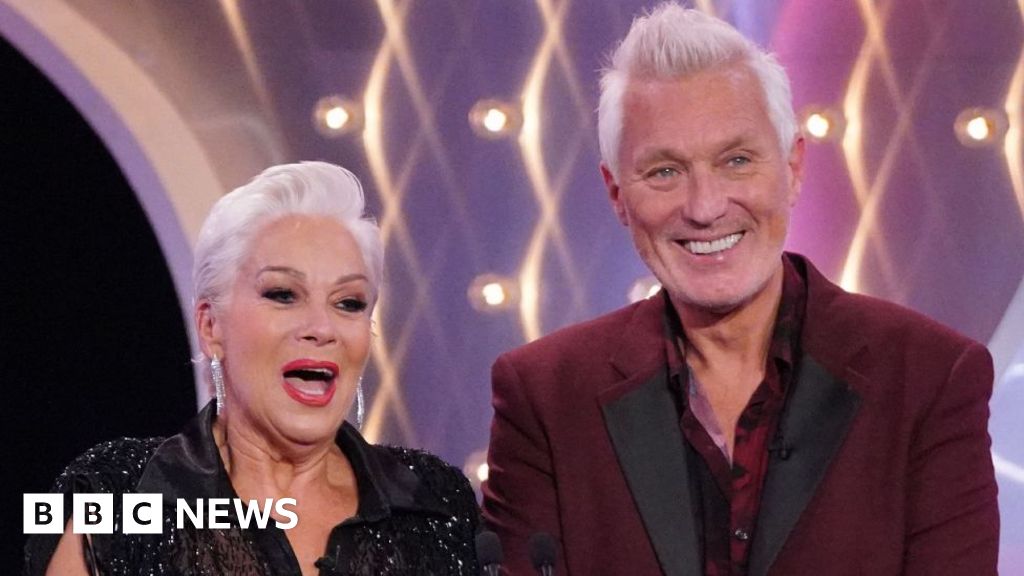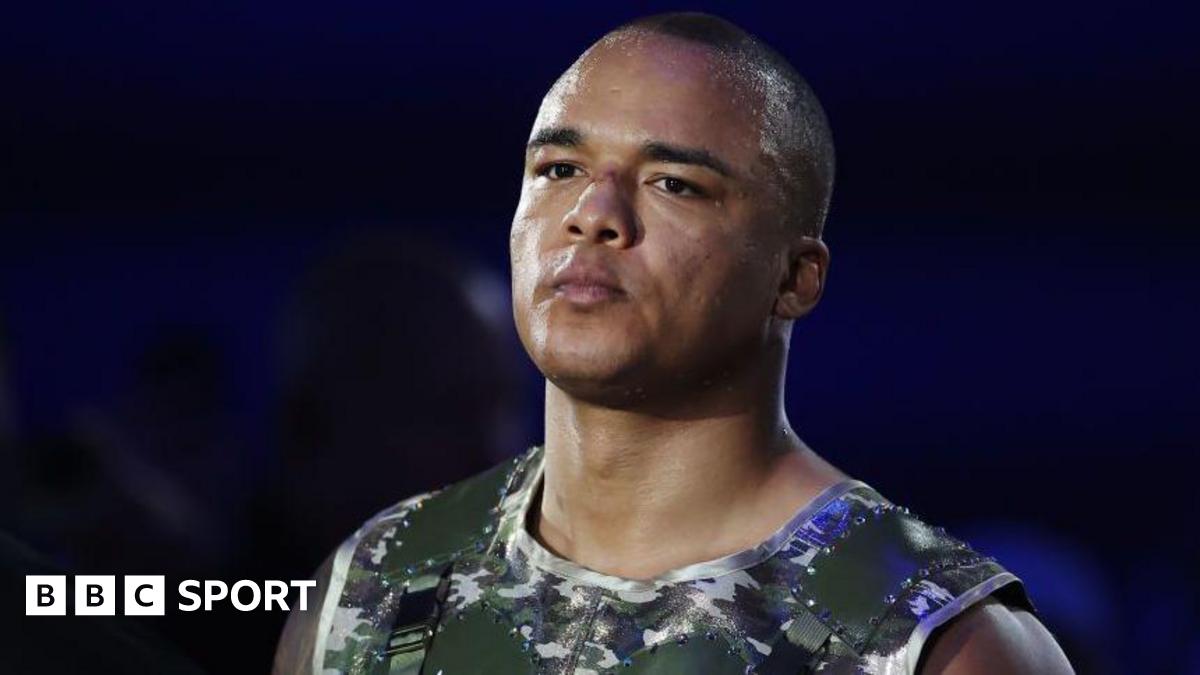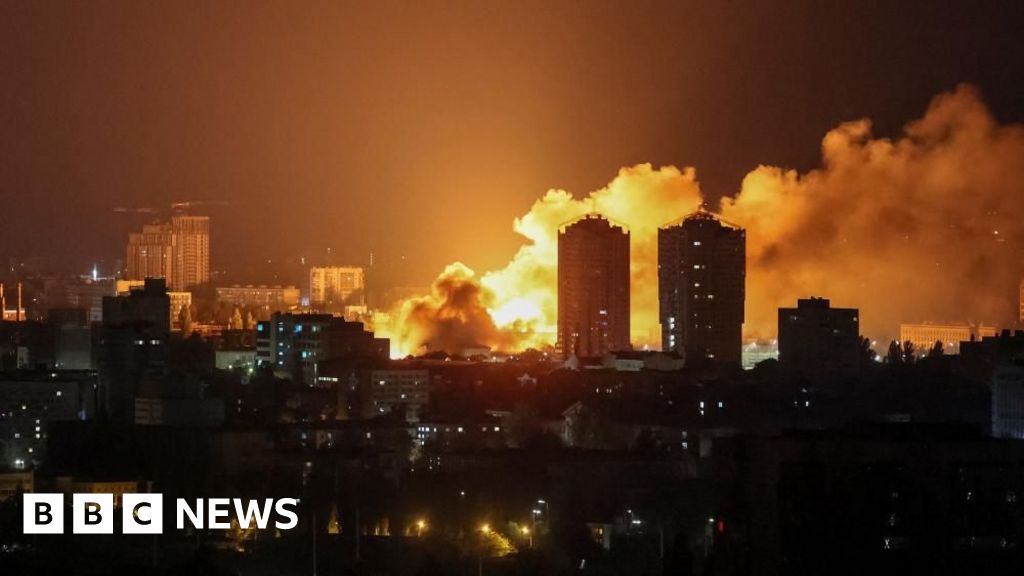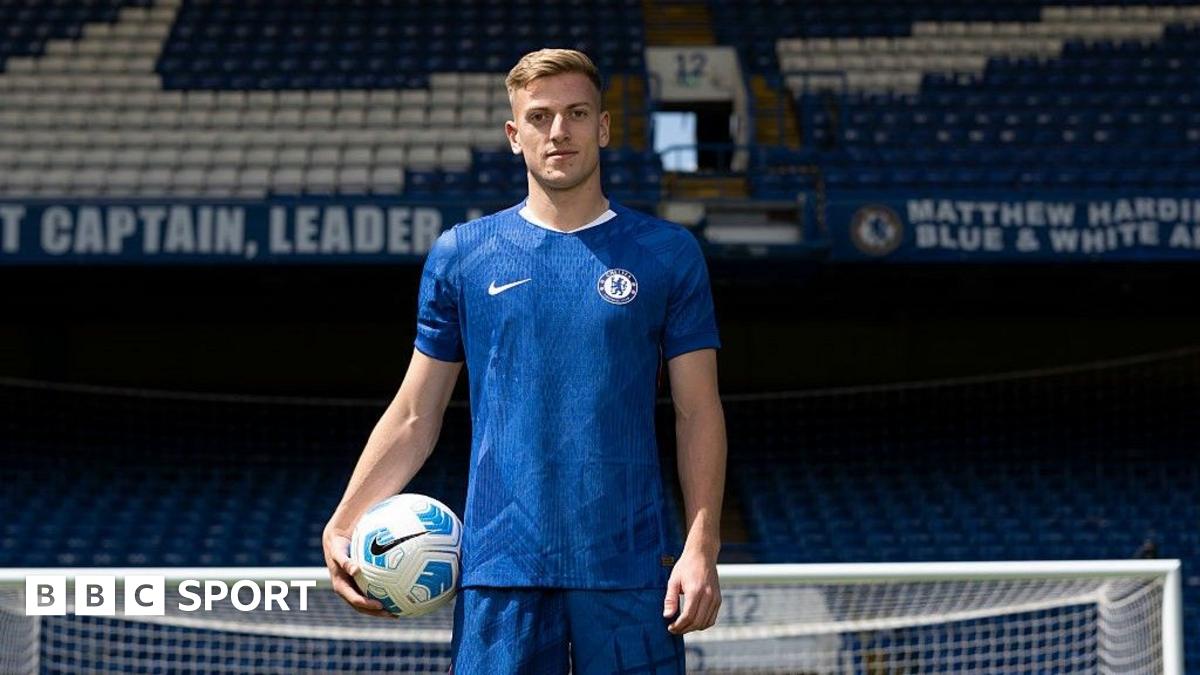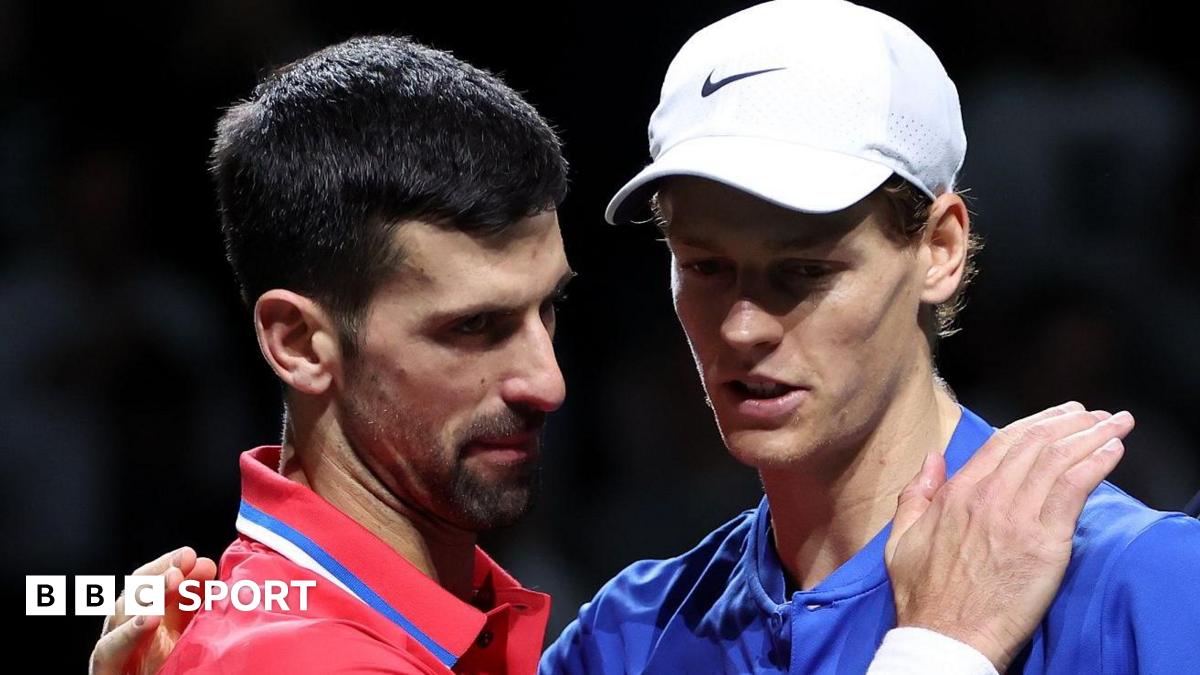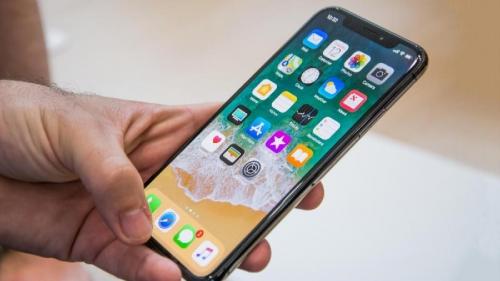Kate McGough
Education producer, BBC News
There were 11,000 fewer pupils at private schools in England this January compared to the same time last year, according to the latest school census data.
The figures, released on Thursday, come after the government removed a VAT exemption for private schools on 1 January.
A government spokesman said the drop in pupils "remains firmly within historical patterns" and "shatters the myth" of a private school exodus.
But private schools disagreed and said more pupils than expected were leaving the independent sector due to higher fees putting more pressure on parents.
The figures from the census of all schools in England provide the first complete picture of what is happening in the independent sector after the new 20% VAT on fees was introduced at the beginning of the year.
Overall, 582,477 pupils in England attended private schools when the census data was collected in January this year, down from 593,486 the year before - a drop of 1.9% (or 11,009 pupils).
Overall pupil numbers in England have fallen slightly to just over nine million. There was a smaller drop (0.6%) in the number of pupils not at private school.
Private school pupils now make up 6.4% of the total school population, a slightly lower proportion than last year, when it was 6.5%. This is the first time since the Covid-19 pandemic that independent school pupil numbers have fallen.
The government had previously predicted that around 3,000 private school pupils would need to be absorbed into the state system this academic year, with state school places needed for around 37,000 private school pupils over the coming years.
This was an estimate of those who would be motivated to take their children out of private school as a direct result of its decision to remove the VAT exemption from private school fees, not taking into account any demographic changes.
The census data does not give clear reasons as to why pupils have left private school.
It could include a shift in international students or a move to home-schooling which would not be reflected in the state school figures.
Julie Robinson, chief executive of the Independent Schools Council (ISC), a body which represents most of the private schools in the UK, suggested that VAT on fees was putting pressure on parents and was the reason behind the drop.
She said: "More pupils have left than the government's own estimates. This outsized exodus should concern anyone who is interested in this tax on education as a revenue raiser."
The ISC, which represents more than 1,400 private schools, previously said its annual census showed average school fees were 22.6% higher in January 2025 than they had been in January 2024.
The government said the nearly 2% drop in private school pupils reflected "the broader demographic trends and changes in the state sector".
A spokesman added: "Ending tax breaks for private schools will raise £1.8 billion a year by 2029/30 to help fund public services, including supporting the 94% of children in state schools, to help ensure excellence everywhere for every child."
The Education Policy Institute, an independent education think tank, said it was "too early to see the full effects of adding VAT to private school fees" in this year's census data, given the policy was introduced in the middle of this academic year.
They said it was also important to consider broader demographic trends in education.
"As expected, today's statistics show an ongoing decline in primary school pupil numbers and the number of pupils in secondary schools is expected to peak over the course of this parliament," the institute added.
At the moment a population bulge in England is moving from primary schools into secondary schools, with a bigger drop off in primary age students compared to secondary. Overall student numbers are set to fall by 700,000 in England by 2030.
Additional reporting by Wesley Stephenson and Miguel Roca-Terry
.png)
 22 hours ago
5
22 hours ago
5
